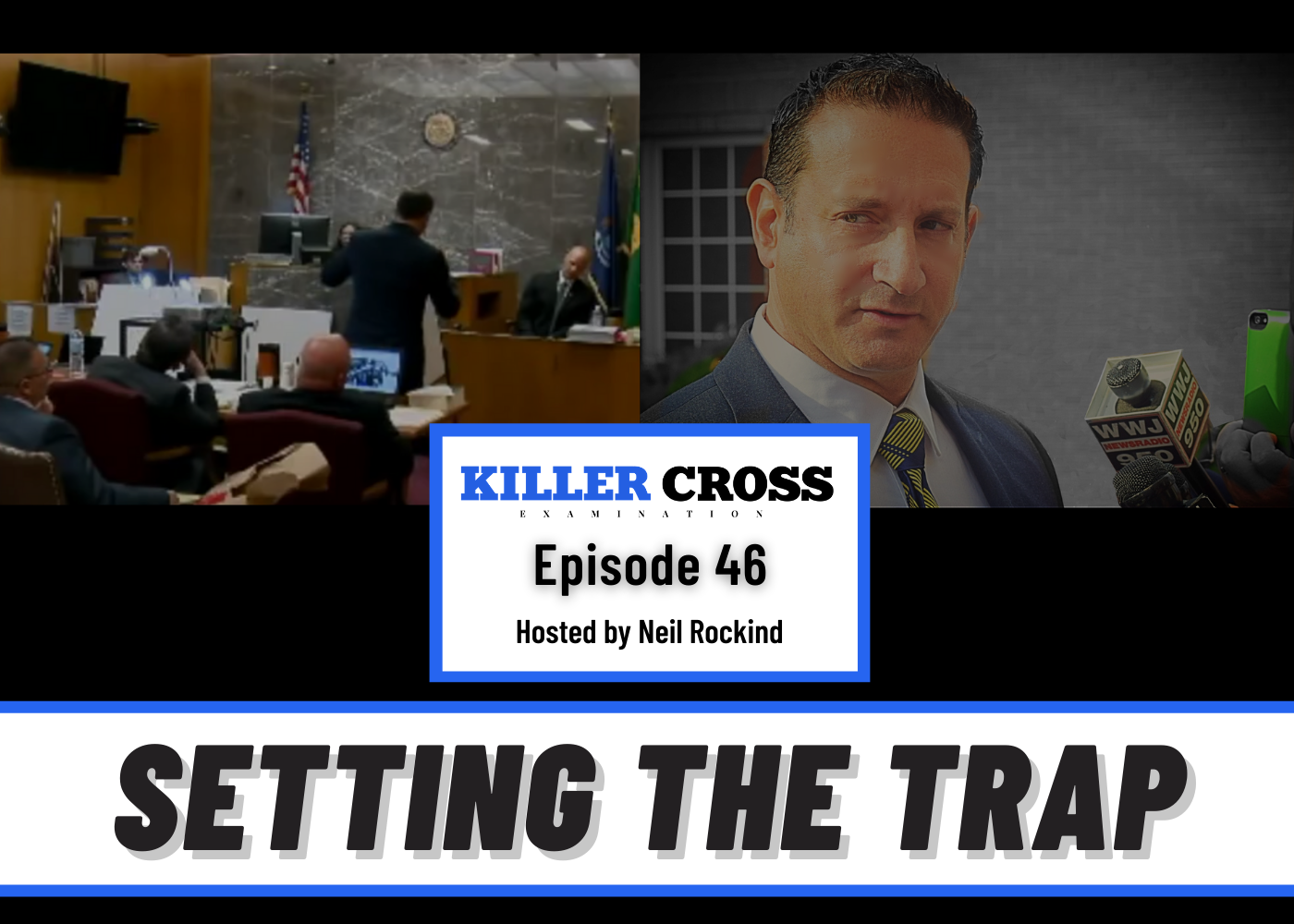
In 2017, I obtained acquittals for Charles Warren in a motor vehicle homicide case in which he was accused of causing the death of a Michigan State Trooper. From the incident, through the investigation and from gavel to gavel, the case was intensely covered by the media. The trial was live streamed, covered by social media sites, televised and discussed in the news. The deceased was a tate trooper and the investigating agency was the Michigan State Police. We saw an opening to establish that the investigation was biased. In this episode of Killer Cross Examination, I break down how I constructed and executed a cross examination of the state’s investigator and expert witness and put the bias questions to him. In this episode, I use the actual cross examination of the expert and walk you through it, offering commentary along the way.
Bias. Establishing that a witness is biased is one of the cross examiners chief objectives but it is not easy. Few witnesses will agree that “I am biased.” Few will readily answer affirmatively when the question is to put to them – “Are you biased?”.
If you asked the question directly, the witness would deny it and deny it passionately. So, the cross examiner must attempt to establish that the witness is biased through a series of small steps, i.e., questions, that force the witness to have to admit to certain facts which when taken together show or reveal a bias or the appearance of a bias. Done correctly, it can be a devastating trap for a witness that will require the witness to
- admit to facts
- create the picture himself/herself, through the cross examination, and
- admit the obvious, i.e., that he is biased, or deny it, which is not credible.
Imagine a hallway with many doors and that you are walking the witness down the hallway. As you walk down the hallway, the witness closes each door on his own only to find himself at the end of the hallway, with only one door left. He is forced to either go through the door or attempt to not go through it but that is exactly where you want him to be – forced to enter it or forced to refuse to do so. It is this Hobson’s Choice that dooms the witness. To put it back into cross examination terms, you want the witness to be forced to have to choose between admitting the obvious or denying the obvious. The former forces the witness the admit his own bias, the latter, forces the witness to deny the obvious.
Please be aware we are relying on impressions, recollections, memories and interpretations.



